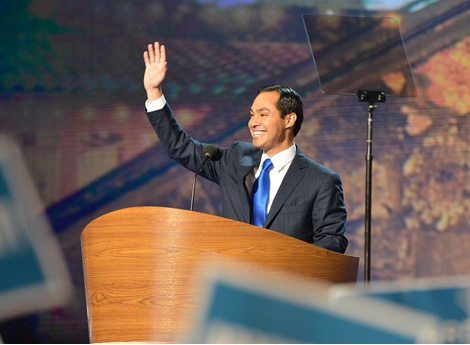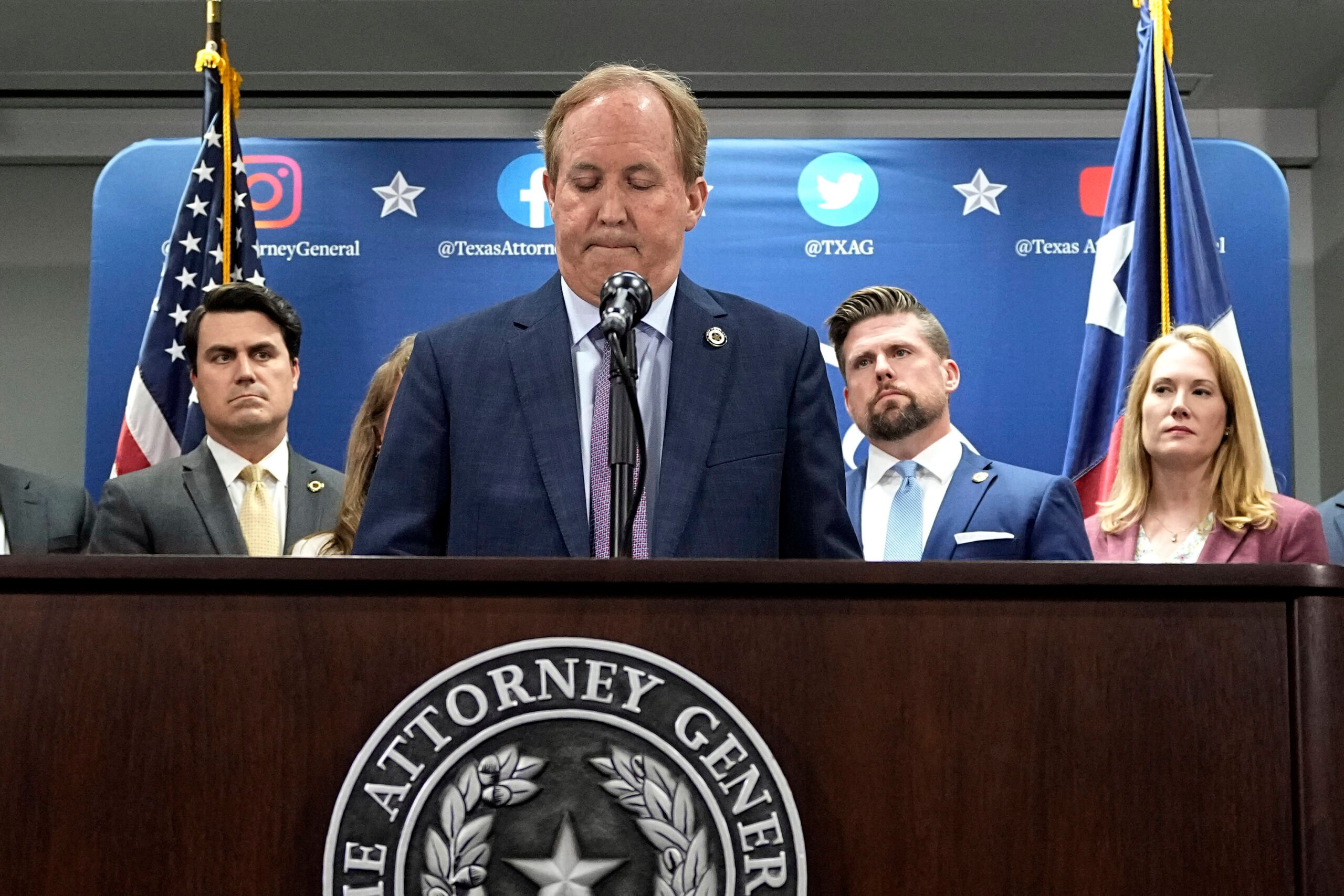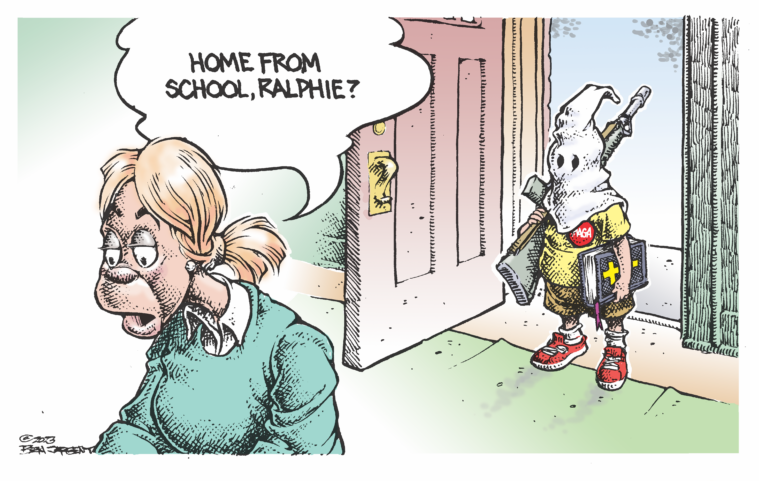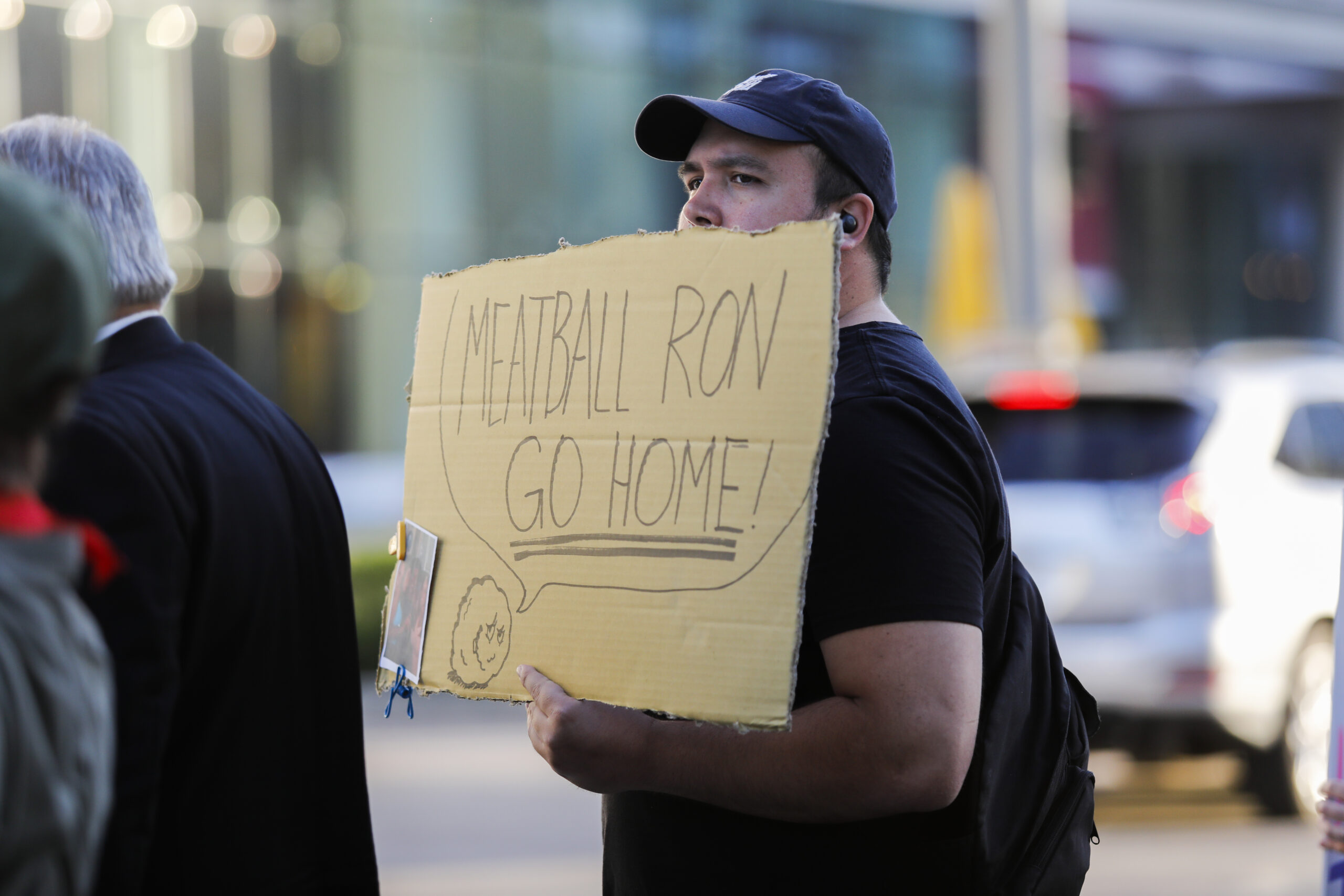
Texas Democrats, Make Your Move

Last Tuesday represented the official Republican Day of Reckoning, a stark and ridiculously belated realization that Republicans have little choice but to completely redefine the party and expand its limited base beyond the average white male, as heartbreaking as that may be. For far too long Republicans have callously ignored Latinos, blacks, women, young people, the middle class, immigrants, the 47 percent, anyone with a chronic health condition and those without second homes. But then Mitt Romney lost the Hispanic vote to the president, 71 to 27, prompting the GOP to rethink its strategy of self-deportation.
As much as Democrats would like to claim Republican losses as their own personal victories, they should be seizing this opportunity to reflect upon where they go from here, especially at the state level where 31 states still have Republican governors and 27 boast Republican-controlled legislatures, compared to 15 Democratic ones. In Texas there are currently 95 Republican House members and 55 Democrats. There are 19 Republican state senators, compared to 12 Democrats. And here’s where it gets really scary—since the mid-1990s Democrats have lost 101 consecutive statewide races to Republicans.
So forget about the great GOP awakening. Now is the perfect time for Texas Democrats to figure out what the hell they’re doing. The default explanation for their dismal showing was that Texas is not just red but bloody red, a stronghold of the Republican Party and ruled with an iron fist by Pharaoh, forcing the Chosen Ones to wander aimlessly in the desert looking for manna from heaven. But now the shifting demographics coupled with a rather clueless opposition party should be working in their favor. In the meantime the only thing Democrats here seem to do is nominate bumbling statewide candidates who can’t do much better than 40 percent. Is that any way to boost morale in a defeatist party so used to losing it’s forgotten how to win?
Yes, there have been isolated victories in the form of really good candidates—San Antonio Mayor Julián Castro, his brother Joaquin, the newly elected congressman (the heir and the spare, if you will), and Congressman-elect Pete Gallego who unseated Francesco “Quico” Canseco. But relying on the random strong candidate instead of building a solid state party infrastructure is like playing the political lottery. You’re just wasting your time and money fantasizing about hitting the jackpot in the form of yet another rising star.
Appearing on CNN last week Mayor Castro said optimistically that within the next six to eight years Texas could be a blue state, or at least a purple one. (I’m putting my money on mauve.) “I think when you have that groundwork and when you have the right candidates to excite folks then you’re going to start to see progress,” Castro said. In other words, first lay the groundwork, then groom the right candidate.
Texas Republicans staked out their territory long ago and are seeing some success with Latino candidates like Senator-elect Ted Cruz—who handily beat former legislator Paul Sadler—and their shiny new dynastic boy wonder, George P. Bush. This week George P. submitted paperwork declaring his intention to run for statewide office, causing Republicans to instantaneously swoon. (His father Jeb has hinted that he’s considering a bid for land commissioner. Dream big.)
The good news for Democrats is that Texas is one of four minority-majority states—38 percent Hispanic, 12 percent African American, 4 percent Asian American—and the vast majority vote Democratic. Republicans know that. In an interview with the New Yorker, Cruz warned, “In not too many years, Texas could switch from being all Republican to all Democrat. If that happens, no Republican will ever again win the White House…the Republican party would cease to exist.”
That, of course, is every Texas Democrat’s dream. It’s high time for them to help make it a reality.


